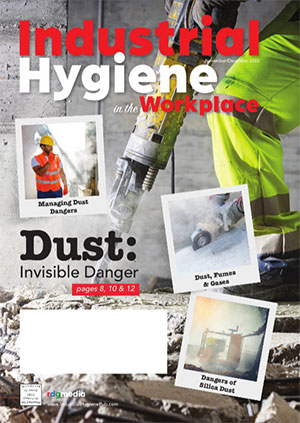What’s the Best Lifting Technique?
 A common myth heard in the workplace, and even at home, is to “lift with your legs” to prevent back injuries. To maintain the correct posture or “the perfect lift,” the worker squats down, keeping the torso in an upright position while bending at the hips and knees, to retrieve the load. But what if the width of the object interferes with the worker’s knees and prevents the lift?
A common myth heard in the workplace, and even at home, is to “lift with your legs” to prevent back injuries. To maintain the correct posture or “the perfect lift,” the worker squats down, keeping the torso in an upright position while bending at the hips and knees, to retrieve the load. But what if the width of the object interferes with the worker’s knees and prevents the lift?
Although lifting with an upright torso reduces the shearing forces of the spine, squatting too deep, coupled with insufficient hip mobility, causes the lower spine to flex and increases stress on the passive tissues, making the back more susceptible to injury.
Of course, the best way to lift is not to lift at all (or raise the load to waist height). But, if you must lift, keep a couple of things in mind:
- Don’t bend your back. The anatomy of the spine lends itself to poor stability, especially when bending over, because bending changes the muscle lines of action and passive tissue orientation. However, if you maintain a neutral posture, your spine can handle a lot of load.
- Brace yourself. Activating your trunk (core) muscles when lifting will hold the stacks of bone (your spine) in place and reduce the likelihood of developing an injury.
All in all, since the human hip and spine anatomy are as unique as fingerprints, choose a lifting technique that works best for your body type, whether it be stoop lifting, squat lifting, lunge lifting, or something in between. Just remember, lifting from the floor increases your risk of injury; to reduce it, keep a neutral spine and brace your core.



